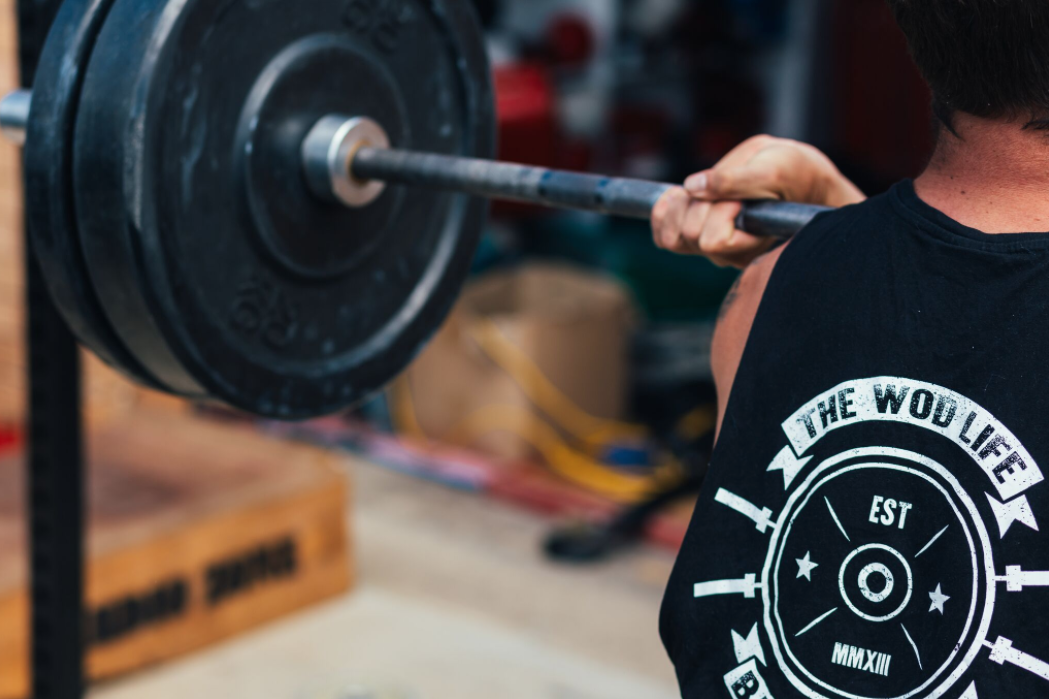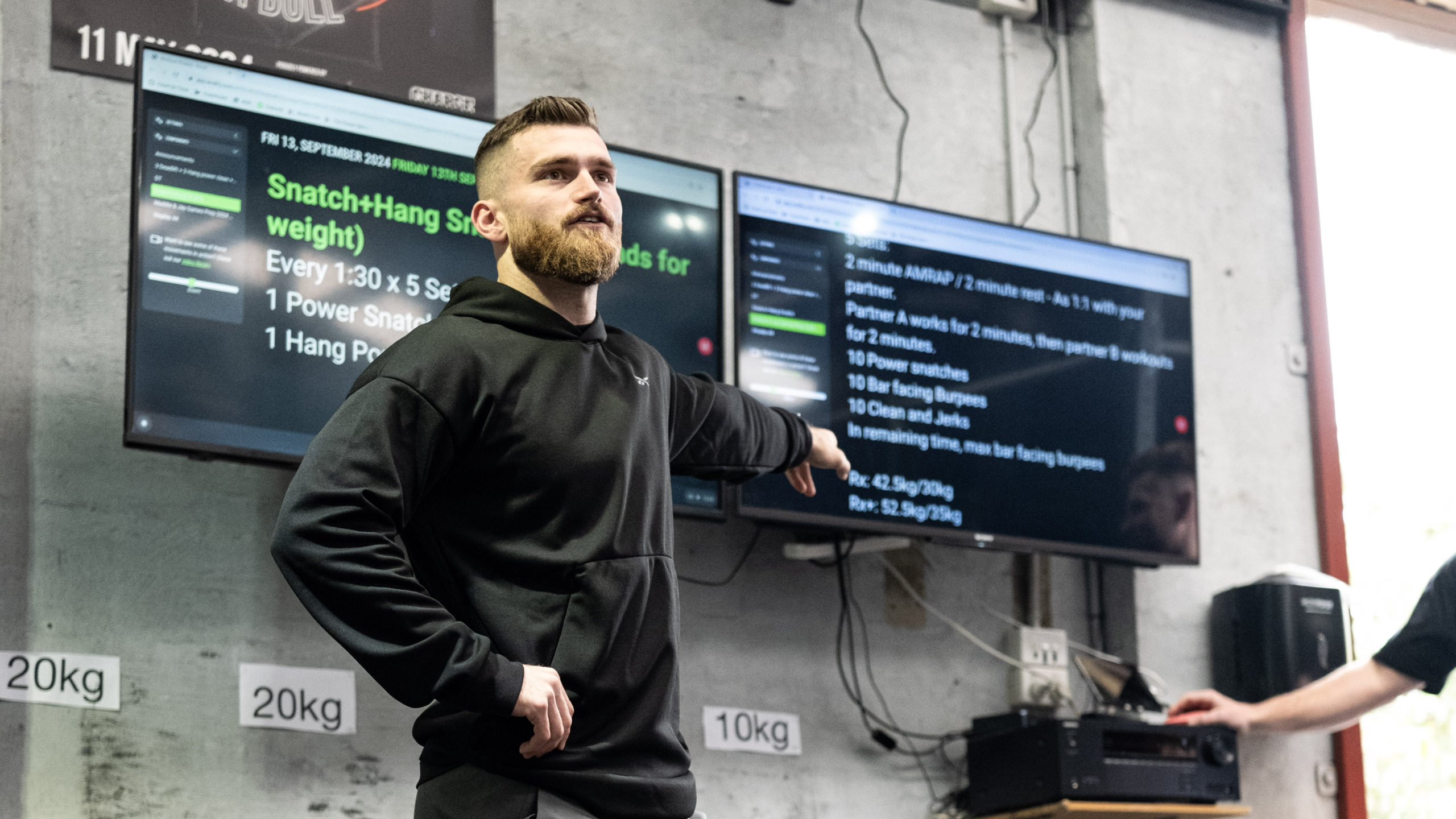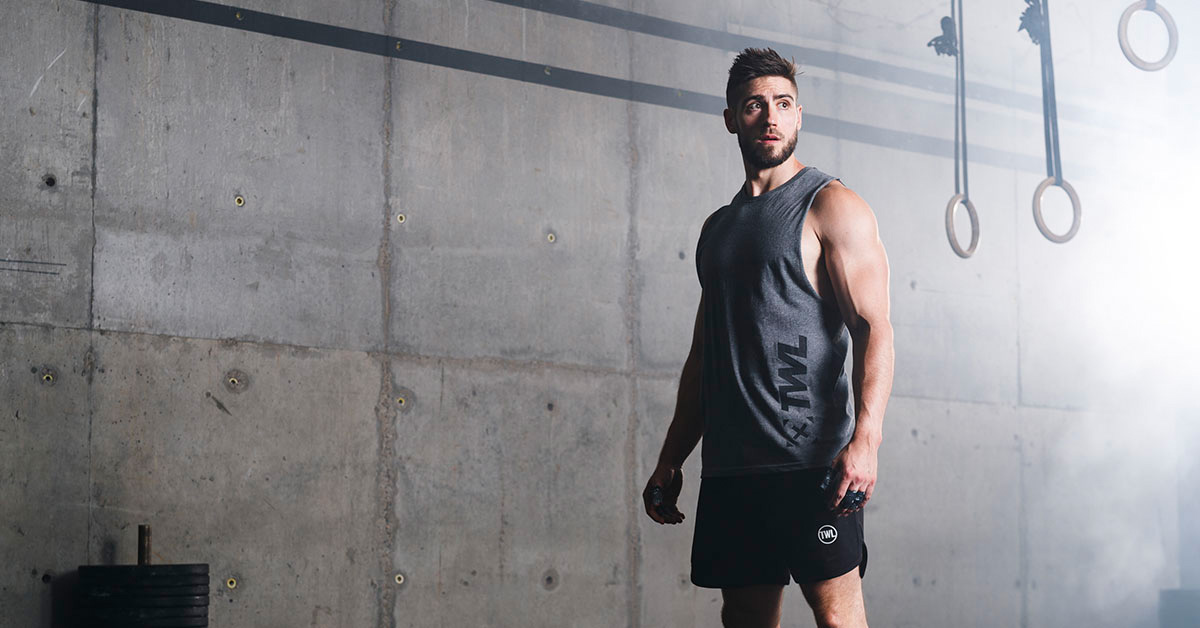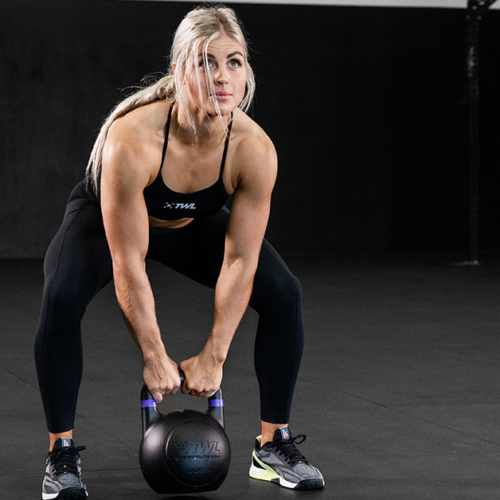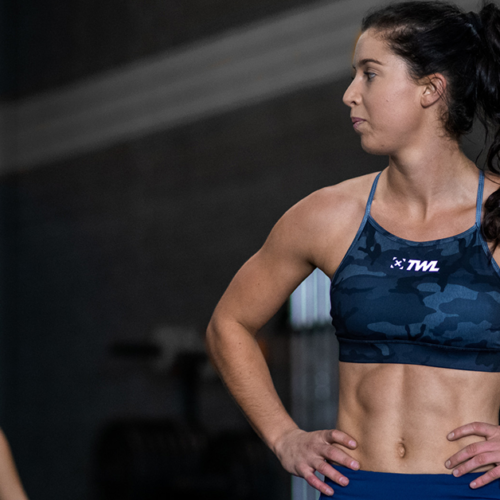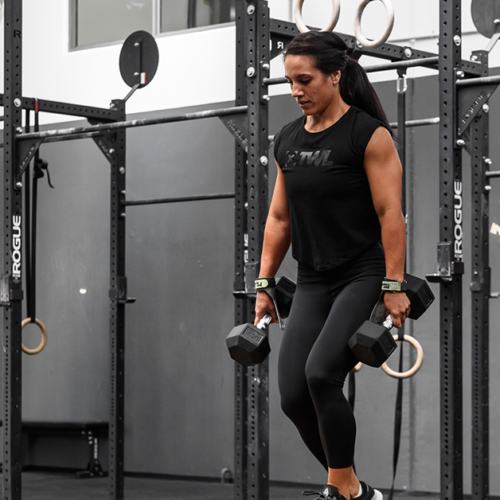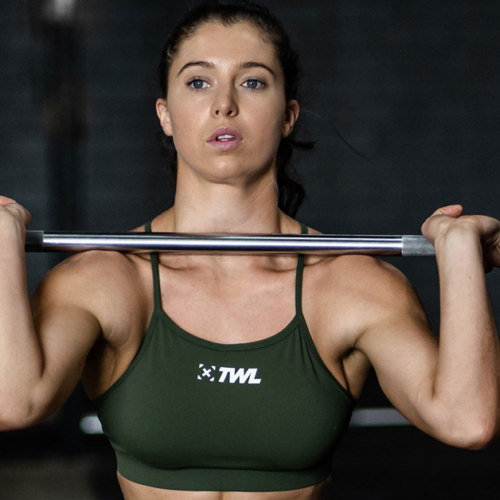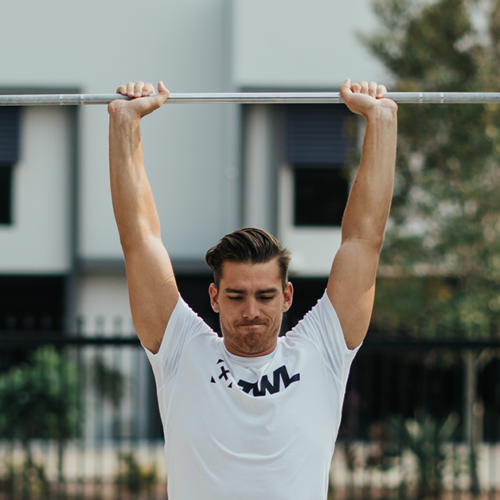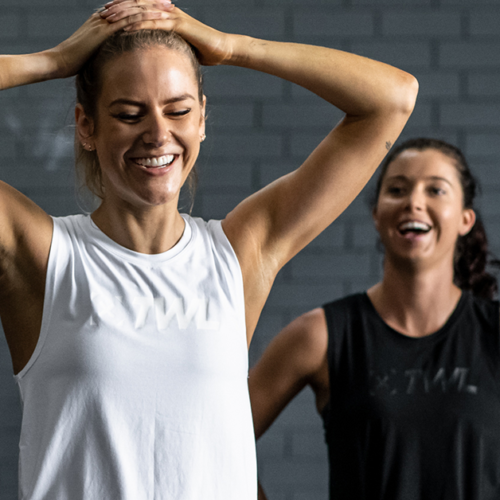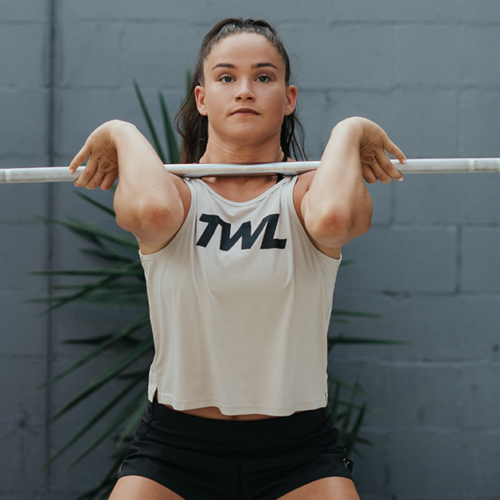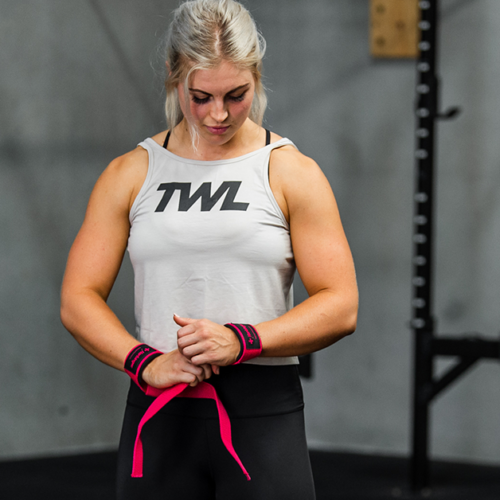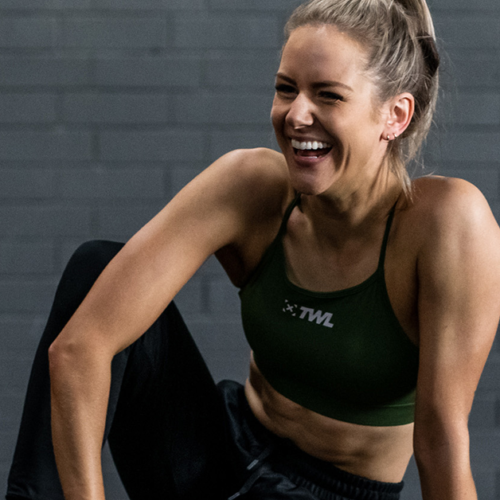Often times what holds athletes back is as simple as tracking the progress being made. Recording scores in CrossFit is an important action in order to grow as an athlete, but it sometimes easier said than done. After a WOD, fatigue sets in and all practicality goes out the window. We step you through the importance of measuring CrossFit progress.
I get it. I know I am guilty of not tracking workouts and sometimes only mentally tracking my 1 rep max. While I have a good memory, it’s not good enough to remember the numbers and when it happened. The latter is the most important, the when, because it makes a big difference whether you PR’d one month later, or 6 months later. A lot can happen with time.
1 Rep Max
I don’t know many people who don’t get crazy satisfaction from breaking their own 1 rep max personal records, and for good reason. Lifting more than you ever have is a huge feat! However, there is more to knowing the weight that’s on the bar. While the weight is the basis of tracking, it also sets you up for success when a WOD calls for a specific percentage. Because we all know that math plus CrossFit doesn’t always play well together.
More importantly, it gives you a benchmark to measure exactly how much stronger you’re gotten since your last max lift. It also allows you to see if weight increase for a particular lift is consistent and allows you to analyze why or why not. With that, knowing exactly what your 1 rep max is, you can set an appropriate goal to strive for next. Hello, motivation!
Benchmark WODs
DT, Murph, or Karen anyone? One thing all of these well known WODs have in common is that they are a killer test of strength and endurance. While some of us may shudder when we see a benchmark programmed, these particular WODs exist for a reason. They exist to be a baseline of measurement for your training.
Most gyms program these types of workouts sparingly and they generally appear at The CrossFit Games in some capacity. Since they are such a powerful way to test an athlete’s abilities, tracking scores is even more important. Again, including the date is arguably more important.
A great example is recently in my own training, I PR’d Karen by over 2 minutes, however, I didn’t have a timeframe to compare it to. While it still felt awesome, it would have been even better to know how much time was in between. For all I know this could have been only the second time in three years that I’ve done Karen, for which the PR would have made total sense.
How To Track Progress
So what’s the best way to record score and the achievement date? Some people turn to a pen and notebook to track their progress. I’ve found this approach to be a bit messy and unorganized, so I rely on digital platforms for all my tracking needs. I personally use two mobile apps to stay on track: Beyond The Whiteboard, and myWOD.
Beyond The Whiteboard is a staple in the CrossFit industry, as many Games’ athletes use it as a tool to create and share their own personally training programs. My gym also uses this app to list our workout of the day, which makes it really easy for me and my fellow athletes to track our scores. It also gives the option to add lifestyle metrics for the day, which can affect training immensely.
Beyond The Whiteboard has a lot of benefits including tracking 1 rep max, however, I personally find that part of the app a little difficult to use. So to track these metrics, I use myWOD which is super simple to navigate. It stores my 1 reps in one place and also includes the percentage so I can focus on my training rather than calculating percentages.

